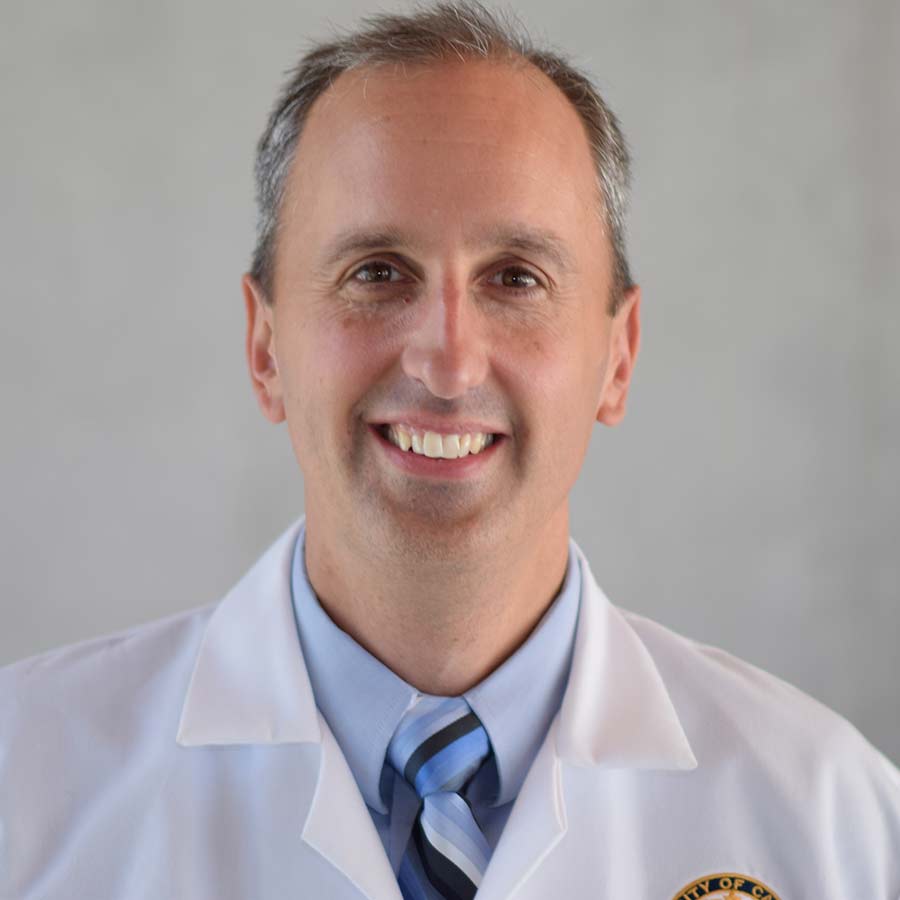Vision Restoration Explained
The Catalyst for a Cure Vision Restoration Team is exploring and developing novel strategies to protect, repair, and replace lost retinal nerve cells and help them reconnect with the visual brain.

How the Eye Works
The eye focuses light onto a tissue in the back of the eyeball called the retina. There are about a million optic nerve cells lining the retina. Each optic nerve cell has a long fiber that connects a point on the retina to a corresponding point on the brain. The optic nerve is a collection of about a million of these fibers. Light information is processed by the retina and then transmitted via the optic nerve to the brain where we experience vision.
What Happens in Glaucoma?
In glaucoma there is damage to the optic nerve head, often caused by increased pressure inside the eye, which leads to degeneration of the fiber of the optic nerve cell, and eventually, death of the optic nerve cell. Once those optic nerve cells die, that point on the retina is no longer connected to the brain, and that disconnected area forms a visual field defect. As the disease progresses, more and more nerve cells become disconnected, leading to vision loss.
How Can Vision Be Restored?
Current glaucoma treatments focus on preserving vision, but we have no current treatments to restore vision. The Catalyst for a Cure researchers are pursuing two major goals that are both necessary for vision restoration:
- Developing a strategy for optic nerve cell transplantation, and
- Developing neuroprotective therapies for glaucoma.
Transplanted optic nerve cells need to survive, to regenerate, and to connect to the correct area of the brain in order for vision to be restored.
Next Steps
The researchers are working to develop therapies that will improve the function of injured-but-not-yet-dead optic nerve cells, improve the survival of transplanted optic nerve cells, and halt the progression of vision loss from glaucoma. They have already identified several exciting options to improve optic nerve cell survival. The researchers are now working on improving optic nerve cell transplantation and planning next steps to translate these techniques to the clinic.
Article by Derek Welsbie, MD, PhD. Posted on May 10, 2021; Reviewed on March 23, 2022.

Derek Welsbie, MD, PhD
Derek Welsbie, MD, PhD is an Associate Professor of Ophthalmology at the Shiley Eye Institute, University of California, San Diego and a principal investigator in the Catalyst for a Cure Vision Restoration Initiative.